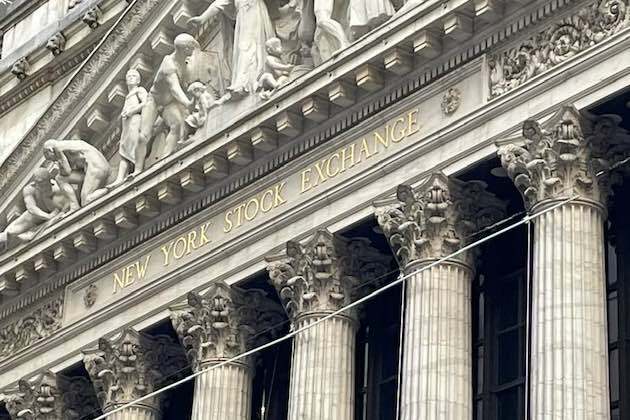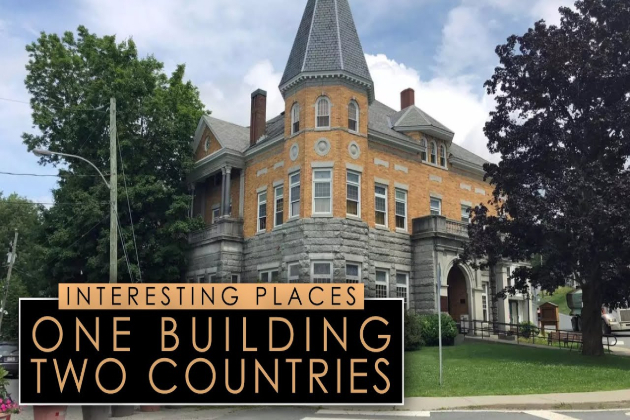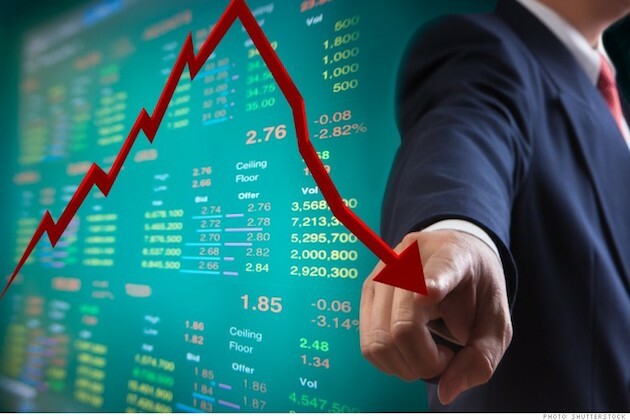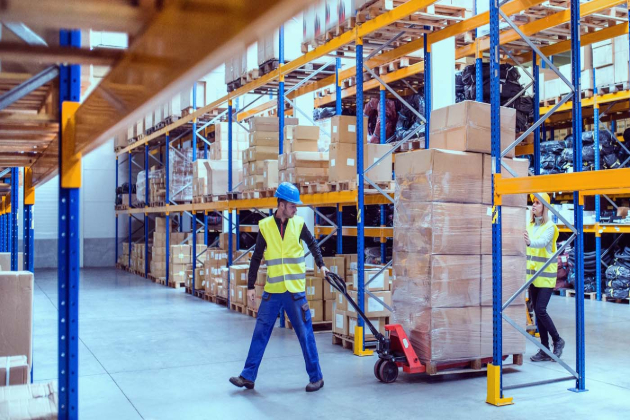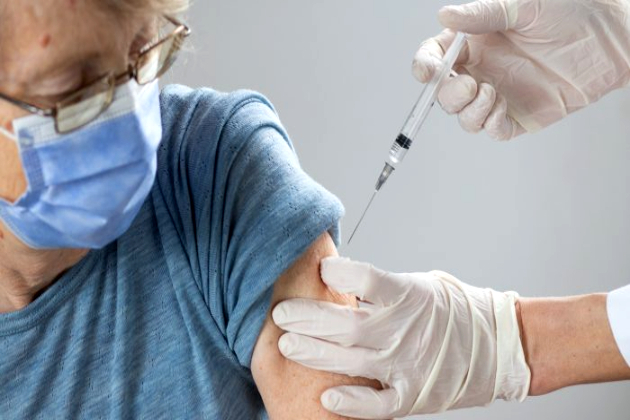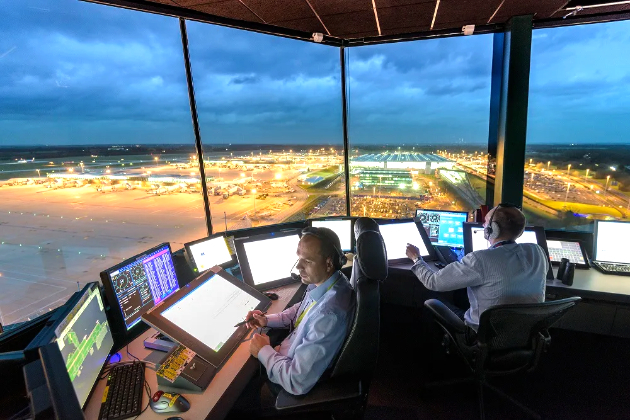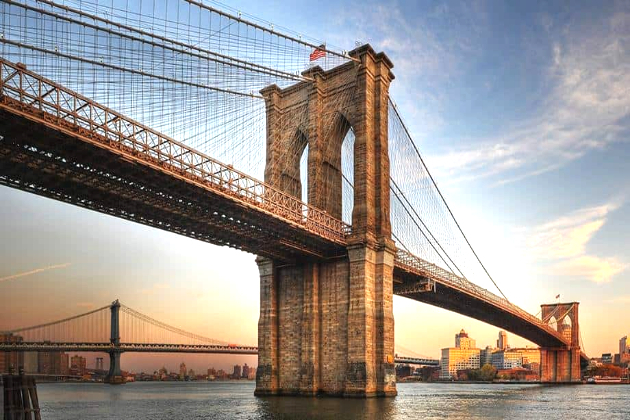Indigenous art decolonises galleries, theatre and literature in Brazil
panarmenian
25 Jul 2023, 23:25 GMT+10
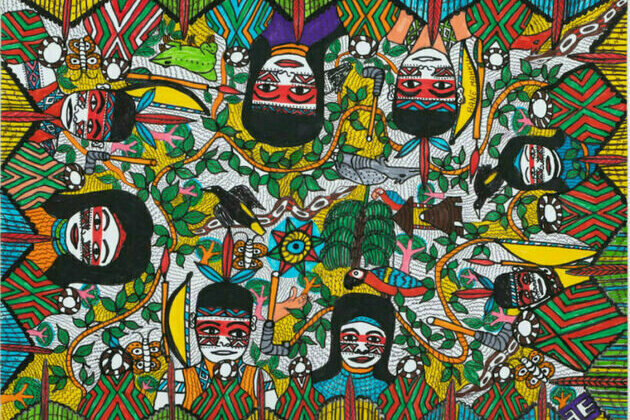
Untitled artwork by Iba and Bane Huni Kuin, both from the Huni Kuin Artists' Movement, on show at the Museu de Arte de Sao Paulo from 24 March to 4 June. (Image by Eduardo Ortega / Masp)
By Mario Osava
It seems to be a concerted movement. In recent years, the indigenous presence in galleries, biennials, book fairs, theatre and cinema in Brazil has multiplied, in a broad recognition that indigenous peoples also produce art and artists.
The Museu de Arte de Sao Paulo (Masp) chose 2023 as the year of indigenous art. Three exhibitions occupied its halls from March to June.
"Mahku: miraces" brings together 108 sculptures, paintings and designs by the Huni Kunin Artists' Movement (Mahku), about ancestral myths and visions brought about by Ayahuasca, a hallucinogenic tea, among the Huni Kunim people, who live in Acre, a Brazilian state in the western Amazon, on the border with Bolivia and Peru.
Thirty-four paintings by Carmezia Emiliano of the Macuxi people, who live in the northern Venezuelan border state of Roraima, make up another exhibition. The third is made up of two video documentaries on body paintings by the Mebengokre group, who live in Sao Felix do Xingu in the northern Amazonian state of Para.
"We are countering colonising art. It is a decolonial movement, a break with standard art": Edson Kayapo.
An international exhibition, "Indigenous Stories", will bring together works of varied artistic languages from the Americas, Oceania and Scandinavia, from 20 October to 25 February 2024. Both artists and curators are indigenous.
"These exhibitions are a great achievement of the indigenous peoples and also of their allies. They help to think of a new time for indigenous peoples," said Edson Kayapo, curator of the international exhibition and the Mebengokres videos.
"We are countering colonising art. It's a decolonial movement, a break with standard art," Kayapo told IPS by phone from Caraiva, in the northeastern Brazilian state of Bahia, where he trains indigenous teachers.
Kayapo, who has a degree in history and a PhD in social history, is part of the permanent assistant curator of indigenous arts at the Masp, shared with two "relatives", Renata Tupinamba and Cassia Karaja. Indigenous Brazilians often use the name of their native peoples as their surname, as is the case with these three curators.
Indigenous participation in exhibitions, especially of visual arts, is traditional, but as objects, represented in the works of recognised artists, generally white, i.e., of European origin.
Their own production "was considered handicrafts, folklore", Kayapo admitted. They were works of a people, impersonal or archaeological, subjects for anthropologists rather than art curators. Individual artists were not recognised among the indigenous people.
Craftsmanship has been the limit to which indigenous creation has been confined in Brazil, and also in the rest of the world, in the face of prejudices and "civilised" stereotypes, without giving visibility to the art that transcends the production of native peoples.
If the religious contribution of their cosmovision was recognised, but not the artistic transcendence, the personal talent of expressing ideas, emotions or a reality through the plastic, musical, literary or cinematographic arts.
This has changed in recent decades, especially after the Sao Paulo Biennial in 2021. This is the most important international exhibition in South America, which operates as a kind of certification of contemporary artistic quality.
That edition, the 34th of the biennial that began in 1951, selected nine indigenous artists, five Brazilians and others from Chile, Colombia, the United States and Greenland. It was dubbed "the biennial of the indigenous".
This year, Brazilian indigenous participation will be expanded in the September-December exhibition by the presence of artist collectives, such as the Mahku, which has already been presented at the Masp, and another of the Yanomami people, who are still not very integrated into Brazilian society and are distributed between Brazil and Venezuela.
This is a people that lives the tragedy of mining invasions, stimulated by the previous government of the ultra-right-wing ex-president Jair Bolsonaro, and causes violent deaths and infectious diseases.
Exhibitions of indigenous art proliferated throughout the country, but especially in the city of Sao Paulo, where the state government of the same name built the Museum of Indigenous Cultures (MCI) in 2022 as a permanent centre for exhibitions, studies, performances and inter-ethnic dialogue.
The management is shared between the state's Secretary of Culture and Creative Economy and the Aty Mirim Council, which brings together leaders of the various indigenous groups that survive in the state of Sao Paulo.
Denilson Baniwa, a visual artist who won the Pipa prize, the most important contemporary art prize in Brazil, son of a village in the Amazon basin of the Negro River, is the curator of two floors of the MCI, one called Casa de Reza, where people sing and dance in devotion to the spirits of the forests.
A large trunk on a tapestry of leaves represents the tragedy of deforestation. On another floor, a giant cloth snake symbolises the beginning of humanity.
"There is no separation between us and nature, as the indigenous art expresses it. We are nature. Our original territories respect nature and our arts are opposed to genocide and ecocide," summarised Edson Kayapo, also an artist and curator.
The rise of the indigenous presence extends to many artistic fields. It grew at the Rio de Janeiro and Sao Paulo book biennials, with strong attendance at panels where indigenous authors speak.
Books previously considered anthropological gained literary status. Yanomami leader David Kopenawa's "The Fall of the Sky", written with French anthropologist Bruce Albert, was turned into a play, adapted by Jose Celso Martinez Correa, a celebrated Brazilian playwright who died on 6 July in a fire in Sao Paulo.
Daniel Munduruku, who also bears the name of his village as his surname, has a degree in philosophy and a doctorate in education, and is the author of 56 books, most of them aimed at children and young people.
Ailton Krenak, a decisive activist for the approval of indigenous rights in the Brazilian Constitution of 1988, is also an award-winning writer of environmental books. This year he adapted the opera Guarani, based on a 19th century novel that highlights an indigenous man, still presented as a "good savage", to the indigenous vision.
A generation of filmmakers is beginning to exhibit their films and videos, mostly documentaries on aspects of indigenous life or tragedies. Much of it is made up of "Video in the villages", a project by French filmmaker Vincent Carelli, based in Recife, capital of the Northeast region, which trains young indigenous people to make their own films.
"Mundurukania, a documentary about the Munduruku people's resistance to mining and large-scale projects that threaten their lands in the Amazonian Tapajos river basin, is directed by three indigenous women, Aldira Akay, Beta Munduruku and Rilcelia Akay.
It is widely expected to have a large audience when it premieres in 2024, as it is co-produced by Globo, Brazil's largest television and media organisation.
You may also be interested in:
Protection for indigenous peoples walks amidst obstacles in Mexico
"I see this movement as opportune, so that the country can look at itself and better understand its cultural roots, especially the Amazon, which has deep roots in indigenous culture. It is a way to look at our essence and visual art is an impactful means to promote cultural change," said Carlysson Sena, founder and director of Manaus Amazonia Art Gallery.
Her gallery has been promoted by the Dirson Costa Institute of Art and Culture (IDC), a non-governmental organisation that since 2000 "promotes visual arts with an Amazonian theme". It also does so through its Art School, which has trained many indigenous artists.
"From its inception, the IDC had the vision that indigenous visual art would one day be recognised by the arts system" and incubated the gallery to "be a link between the production of artists trained at the school and the market," Sena told IPS from Manaus.
This article was written with contributions from Ines Zanchetta, from Sao Paulo.
The original article can be found here
Source: Pressenza
 Share
Share
 Tweet
Tweet
 Share
Share
 Flip
Flip
 Email
Email
Watch latest videos
Subscribe and Follow
Get a daily dose of Venezuela Star news through our daily email, its complimentary and keeps you fully up to date with world and business news as well.
News RELEASES
Publish news of your business, community or sports group, personnel appointments, major event and more by submitting a news release to Venezuela Star.
More InformationBusiness
SectionAutomakers lead U.S. stock markets lower after tariff hit
NEW YORK, New York - Shares in automakers fell sharply Thursday after U.S.President Donald Trump imposed a 25 percent tariff on all...
Ford F-150 under investigation for transmission defects
WASHINGTON, D.C.: Federal safety regulators have launched a new investigation into Ford's best-selling F-150 pickup trucks after receiving...
Hyundai to invest $20 billion in US, build steel plant in Louisiana
WASHINGTON, D.C.:/SEOUL: Hyundai Motor Group is set to dramatically expand its U.S. footprint, with a US$20 billion investment that...
Stanstead-Derby Line free passage halted as US tightens rules
STANSTEAD, Quebec: U.S. authorities have decided to end a long-standing unwritten rule that allowed people from Stanstead, Quebec,...
Wall Street closes down, AI investors feel the heat
NEW YOKK, New York - U.S. stocks fell sharply Wednesday with tech stocks, mainly those associated with AI, taking the brunt of the...
Canada moves to cut trade barriers as US tariff threat grows
TORONTO, Canada: As the threat of U.S. tariffs looms, Canada is looking inward to strengthen its economy by removing domestic trade...
International
SectionNorth Carolina court allows suit over teen’s unapproved COVID shot
RALEIGH, North Carolina: North Carolina's highest court has ruled that a mother and her teenage son can pursue a lawsuit over a COVID-19...
Florida City to train local police for immigration enforcement
WEST PALM BEACH, Florida: City officials in Fort Myers, Florida, voted last week to approve a new agreement allowing local police to...
US unveils plan to modernize air traffic control amid safety concerns
WASHINGTON, D.C.: With flight delays rising and aviation safety under scrutiny, the U.S. government is preparing a sweeping modernization...
NTSB calls for urgent safety checks on 68 US bridges, including icons
WASHINGTON, D.C.: The U.S. National Transportation Safety Board (NTSB) has called for urgent safety checks on 68 bridges, including...
US expands oil, gas leasing and eases Alaska energy restrictions
WASHINGTON, D.C.: U.S. Interior Secretary Doug Burgum has announced plans to open more land for oil and gas drilling in Alaska and...
Lawmakers push for fewer military flights in Washington D.C. area
WASHINGTON, D.C.: Ten Democratic lawmakers in the U.S. House of Representatives have asked the Pentagon to reduce military training...

